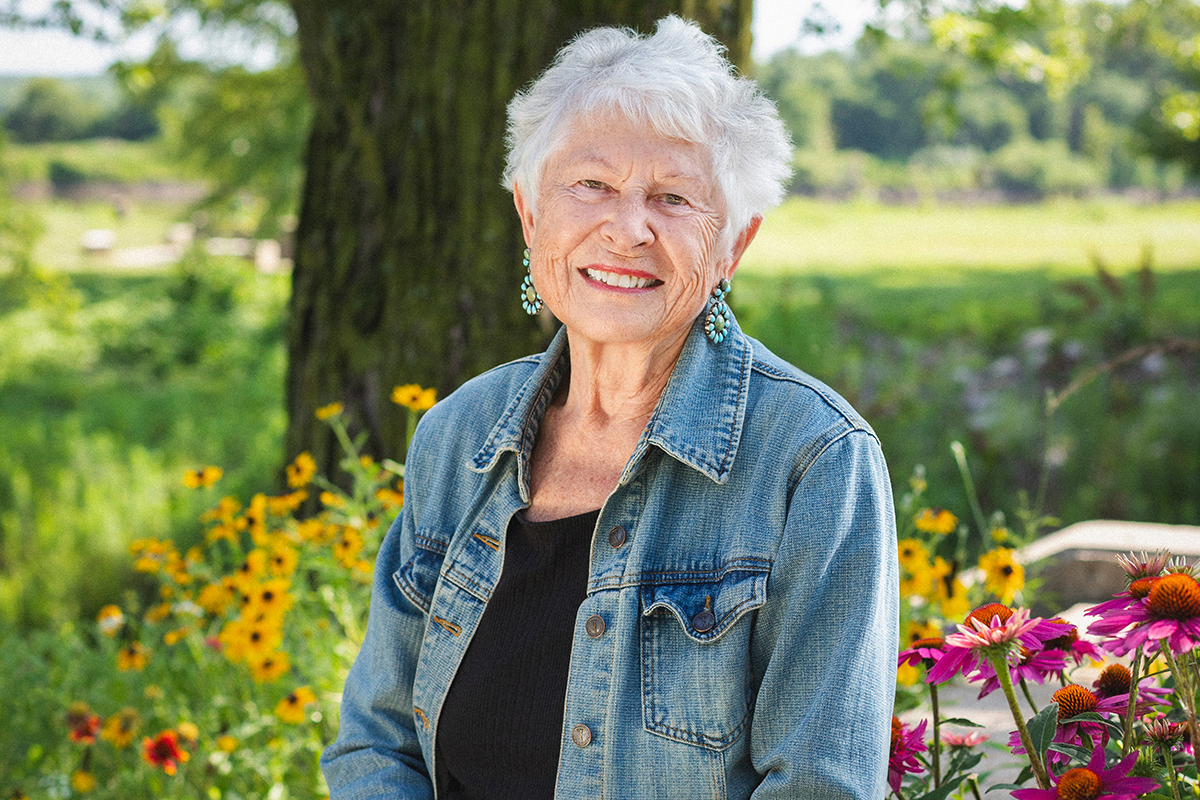On March 24, I got an email in my inbox from my apartment building’s property manager. The subject line read: Resident Notice Confirmed COVID-19.
My heart sank into my stomach. There were confirmed cases showing up all around the city, but this one hit a little too close to home—literally. While I had been quarantining, I was still frequenting the mailroom to fetch packages and trekking through the lobby’s front door to get outside for a walk when the weather was decent.
Luckily, my property managers immediately took action and hired a sanitizing squad to disinfect the entire building, including each apartment door. Still, I can’t shake the feeling that the infected individual had to have passed it onto someone else.
Apartments are chock-full of high-touch areas: Door handles, keypads, elevator buttons, gym equipment and coffee machines are just a few. How can one avoid a potential virus when dozens of residents touch these things every day?
Brian Carberry is the Managing Editor at Apartment Guide—an apartment rental platform and forum—and is an expert in apartment guidelines, leasing and lifestyle. He gives apartment residents insight on how to protect themselves in close-proximity living and how to handle the quarantined apartment life.
We talked to him about how apartment-dwellers should deal with the unique challenges they face because of the novel coronavirus.
Someone in my apartment building tested positive for COVID-19: Should I be worried?
I would say if you’re going to be worried, it should be more toward the general environment that we are in right now as a whole, not necessarily your apartment complex. There’s no reason to be more worried than you were before hearing about someone testing positive in your building, to be quite honest. It sounds like your apartment complex is doing the right thing by keeping lines of communication open and being transparent with you, which is what they should be doing. It’s really a situation they can’t control, and they want you to feel safe and secure in your home.
I don’t know if you’re in a big high rise or you’re in a building that has maybe twenty people—it really doesn’t matter. You’ll probably notice more people around the building because so many are working from home and staying home from school. You should really only be concerned if you haven’t been following any of the guidelines the CDC has laid out for social distancing. If you’ve been ignoring that and still hanging out with neighbors or having “social distancing parties,” then you should probably be more concerned.
Some people leave the building every day, whether it be they’re an essential worker or they have a dog that they need to take out a few times per day. What advice do you have for them when they’re coming in and out of the building using communal door handles, keypads, elevator buttons—things like that?
Whether it’s in the building or outside of the building on the property or off the property, always practice social distancing where you can. Even if you’re outdoors walking on a trail, for instance, try to stay on your side. Try to bring a handkerchief, napkin or towel to open the doors so you don’t have to touch it with your fingers. A keypad is a little trickier—if you can use a knuckle, you could potentially do that. On an elevator, try to use an elbow if possible or, again, a cloth, handkerchief or napkin. Same with railings. Just do your best to not expose your skin to direct contact with any surfaces that may be touched by other people. Make a habit of washing your hands as soon as you are in your apartment.
The common areas in my building are still open, but property management is encouraging residents to keep the spaces to under ten people. Do you have tips for those still wanting to use these spaces, like the gym?
The gym is tough. It’s up to property managers and how they want to handle regulating the number of people in there. I, personally, would say try to avoid the gym right now. Of all the common areas in your building, it’s probably the “dirtiest” and I say that because people are sweating, breathing heavy and it’s just harder to keep to yourself without touching surfaces that haven’t been touched by others. If you really want to go, try at an off-peak time when it’s not crowded, like early morning or late at night. Also, make sure you wipe down your equipment before and after use because you don’t know if the person who used it before you wiped it down. It’s better safe than sorry. I would also say bring hand sanitizer if you have it and every so often rub down your hands. Make sure that you bring a towel—if you’re going to sweat, it’ll help you avoid putting your hands directly to your face.
Another common place where you’ll probably run into a lot of people is a laundry room. Again, I would try to avoid peak times, so go early in the morning or late at night if you have the flexibility to do so. With more people working from home during the day, that’s probably when they’ll be doing laundry. Do the same type of thing that I said when you’re coming into the building or riding the elevators: Try to avoid touching surfaces as much as possible by using a handkerchief or a napkin when setting things or opening washer or dryer doors. If it’s coin-operated, make sure you’re bringing coins from your unit rather than using a change machine. Money is kind of tough right now because it changes hands so quickly, which is why a lot of businesses are going cash-free. Also when you’re in the laundry room, still try to practice social distancing. If someone else is in there and there’s enough space to do so, don’t pick a dryer next to them.
My fiance and I live in a 669-square-foot apartment and we’re both working at home. The walls are closing in a little bit. Do you have any advice for making the space feel roomier, especially when all of our work equipment is home with us as well?
That’s a tough one because, you know, everyone’s kind of running into this issue right now. Try to as much as you can to dedicate an area in your apartment that can be used specifically for work, even if it’s just a corner. For example, I pushed my kitchen table into the corner of the kitchen, and that’s my workspace. I am kind of sacrificing my eating area and I’m eating on tray tables, but it’s what I have to do temporarily. You’ll have to make compromises on what your space looks and deal with a little clutter and while it’s an inconvenience, we can get through it.
Spend a day to reorganize—put things away or in storage that you might not need for the next month so your apartment feels a little less cramped and crowded. If you have the option to do so, try to consolidate a workspace and vary the work schedule with who you live with. For example, someone works in the morning and takes a break in the afternoon while the other one works in the afternoon and into the evening or something like that if you both have the flexibility to do so.
My building typically has a lot of social events like wine Wednesdays, yoga classes and taco nights. Obviously, those are not canceled until who knows when. What are some ways to feel connected with your neighbors and friends without physically in their presence?
Try virtual happy hours, whether it’s through FaceTime or Zoom. These have become really popular and while it’s not the same as having that physical presence, at least you’re seeing another face and interacting with another human. Try reaching out to old friends you haven’t talked to in a while, too, like friends from college. I’ve done a few of these personally—you actually feel so much better afterward just because you have that interaction with someone and it makes you realize that your friends are in the same boat as you. Use technology to your advantage.
Anything else you’d like to add?
With so many people home, chances are there’s going to be an increase in maintenance requests. Apartments buildings have been given guidance from the National Apartment Association to prioritize emergency repairs above inconveniences. While you can still submit a non-emergency maintenance request, you may have to wait a little bit longer for it to be fixed. If it’s just something like a drip on your faucet, that’s not causing any damage. It’s more of an inconvenience and really not damaging anything or threatening your health and safety. If there’s a burst pipe or an electrical issue or something like that, your requests will be prioritized and someone will come and fix it. Apartments don’t want maintenance workers just going in and out of a bunch of different units and then potentially become exposed or expose other residents. And at the same time, you probably don’t want that either a maintenance worker that’s been in fifty of your neighbors’ units.




